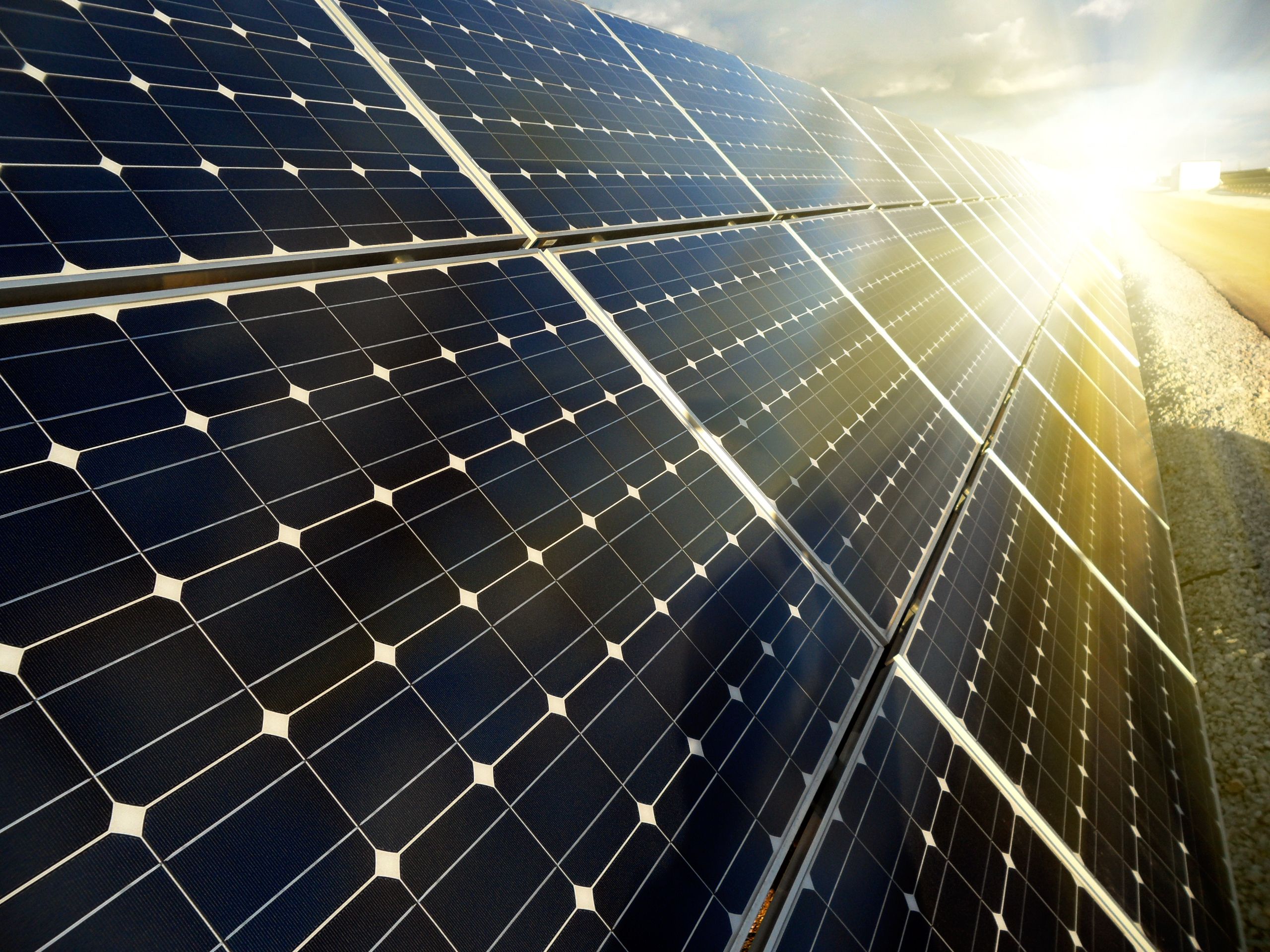Leveraging the Sun: The Prospects of Photovoltaic Energy
As society struggles with the effects of climate change while energy demands escalate, the quest for eco-friendly options has never been critical.
Solar power is positioned at the vanguard of renewable resources revolution, providing a promising pathway to a cleaner, greener future. Emerging technologies and innovations are being developed which not just enhance performance and also revolutionize how solar energy is harnessed and utilized, stimulating growth in other renewable sectors like wind, hydropower, and geothermal energy.
In the coming years, we can expect to see notable developments that redefine the future of renewable energy. Ranging from new developments like floating solar farms and smart grids to advances in energy storage solutions along with artificial intelligence, combining these innovations is crucial to maximize renewable energy's potential. The following discussion explores solar energy's future as well as its interplay among different renewable options, shedding light on key breakthroughs and the tactical actions that are shaping the future of energy.
Advancements in Solar Energy and Aeolian Technologies
The evolution of photovoltaic technology is changing the renewable energy field dramatically. One of the key developments is the introduction of innovative substances for photovoltaic panels, which has produced higher efficiency and reduced manufacturing costs. Technologies such as thin-film solar cells are at the cutting edge, offering high performance and flexibility compared to traditional silicon cells. These advancements are making solar power more accessible and practical as a primary energy source for the future.
Aeolian energy is also undergoing transformative advancements, particularly with the rise of offshore wind farms. These projects benefit from higher and more consistent winds found at sea, resulting in greater energy output. Moreover, advancements in turbine design and materials are creating larger, more efficient turbines that can capture more energy. Breakthroughs like buoyant wind farms are expanding potential locations for energy generation, allowing for energy harvesting in deeper waters where conventional systems cannot operate.
Both solar and wind solutions are increasingly integrating intelligent technologies that enhance energy management. For instance, the use of artificial intelligence in optimizing power generation and grid management is becoming standard. This integration not only maximizes the efficiency of energy production but also helps in better predictive maintenance of renewable energy facilities, ensuring reliability and sustainability in operations. Collectively, these advancements in photovoltaic and aeolian energy solutions are driving us towards a sustainable energy future.
Advancements in Power Storage and Smart Systems
Power storage plays a crucial role in the shift towards a sustainable future, enabling the effective use of produced power even when demand fluctuates. Improvements in battery systems, particularly Li-ion and flow-based batteries, have significantly increased energy capacity and reduced costs. These developments allow for the storing of excess energy produced during high solar and wind production times, providing a reliable supply during off-peak periods. With Battery Storage into solid-state batteries and other emerging technologies, the prospects for even more effective and longer-lasting energy storage solutions is optimistic.
Smart systems are also transforming how we handle energy resources. The combination of artificial intelligence and machine learning enables immediate oversight and enhancement of energy usage across different sectors. Intelligent grids are evolving to not only increase reliability but also to support the integration of various renewable sources. These systems can dynamically respond to energy demands, distribute resources more efficiently, and boost the overall effectiveness of power delivery. By harnessing data analytics, energy providers can forecast usage patterns and streamline responses to ensure reliability in supply.
Furthermore, the development of microgrids presents promising opportunities for localized energy management. These systems can operate autonomously or in collaboration with the main grid, providing robustness and enhancing energy security, especially in isolated or vulnerable areas. Their capacity to include multiple renewable sources, combined with advanced storage solutions, makes microgrids an essential component in moving to a renewable energy ecosystem. As technologies continue to advance, the combination between energy storage and smart systems will certainly drive the future of sustainable energy.
The Future of Renewable Energy Integration
As we gaze into the coming years, the integration of renewable energy systems into the current energy grid is becoming crucial . With technological advancements, such as intelligent energy networks and storage technologies, the capacity to capture and retain energy from diverse sources like photovoltaic, wind , and hydropower is improving . This seamless integration not only ensures a reliable power source but also enhances the reliability and effectiveness of sustainable energy solutions, enabling consumers to utilize green energy more efficiently.
Additionally, the emergence of hybrid energy systems is paving the way for a more robust energy landscape . By merging solar , wind , and other sustainable resources with innovative storage solutions , communities can become less reliant upon fossil fuels while maximizing their energy potential . The creation of localized energy grids further supports this trend, allowing isolated and underserved areas to obtain renewable energy and improve their quality of living. This transformation not only addresses energy access but also drives economic development in regions formerly reliant on conventional energy systems.
Lastly , the importance of artificial intelligence in optimizing renewable energy incorporation cannot be overstated . AI technologies are being deployed to forecast energy production , manage consumer energy needs, and enhance the performance of energy distribution . As these advancements continue to advance , they will play a pivotal role in defining a sustainable energy future . By leveraging AI alongside breakthroughs in battery technology and network oversight, we can create a dynamic energy system that adapts to changing energy needs while minimizing ecological footprint, setting the course for a greener tomorrow .
